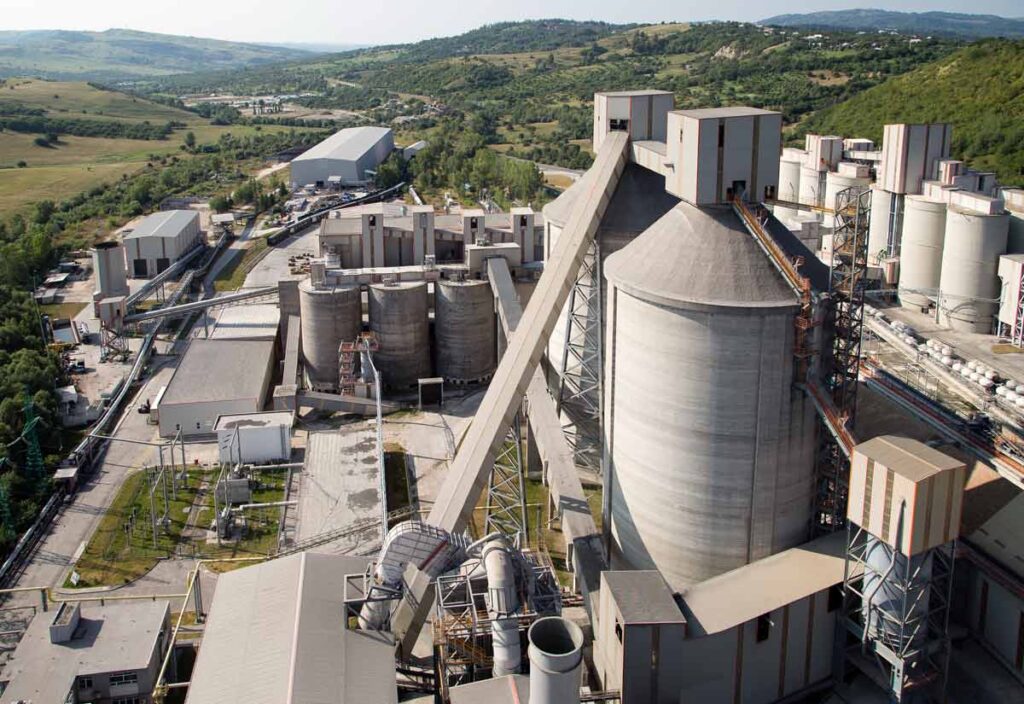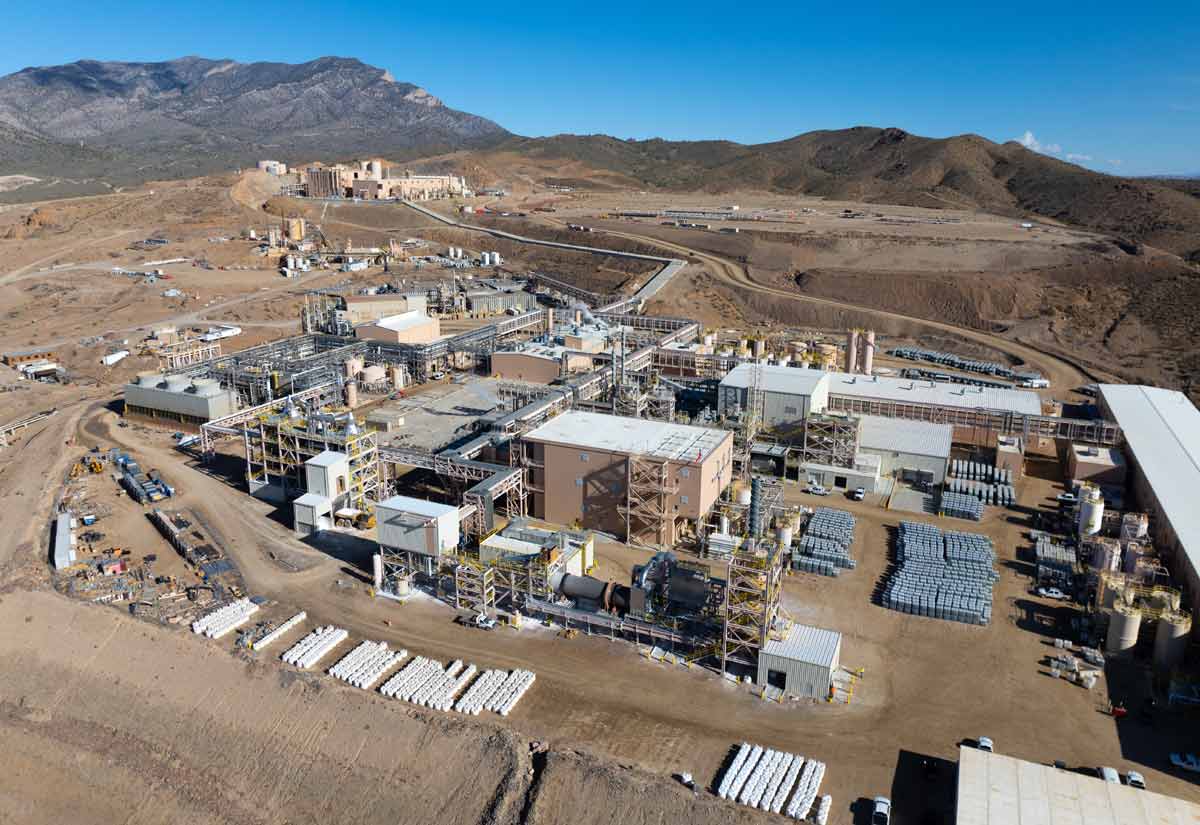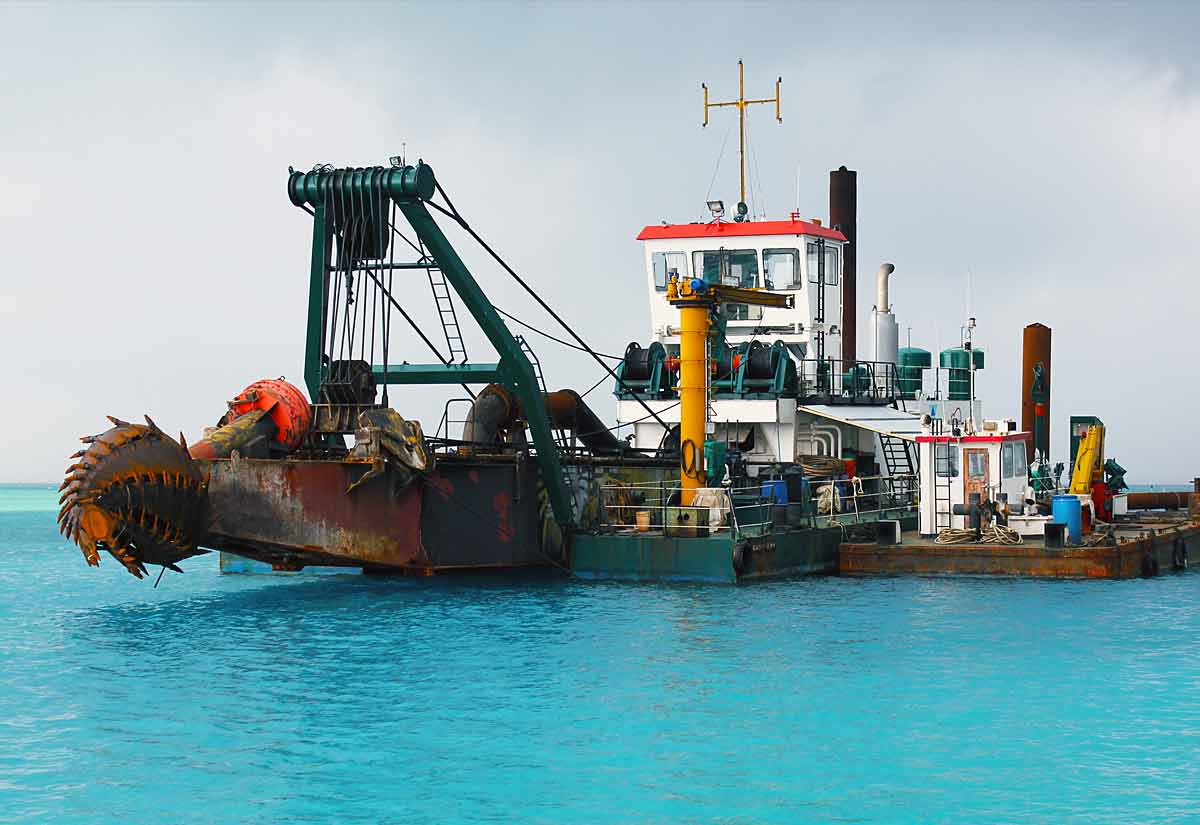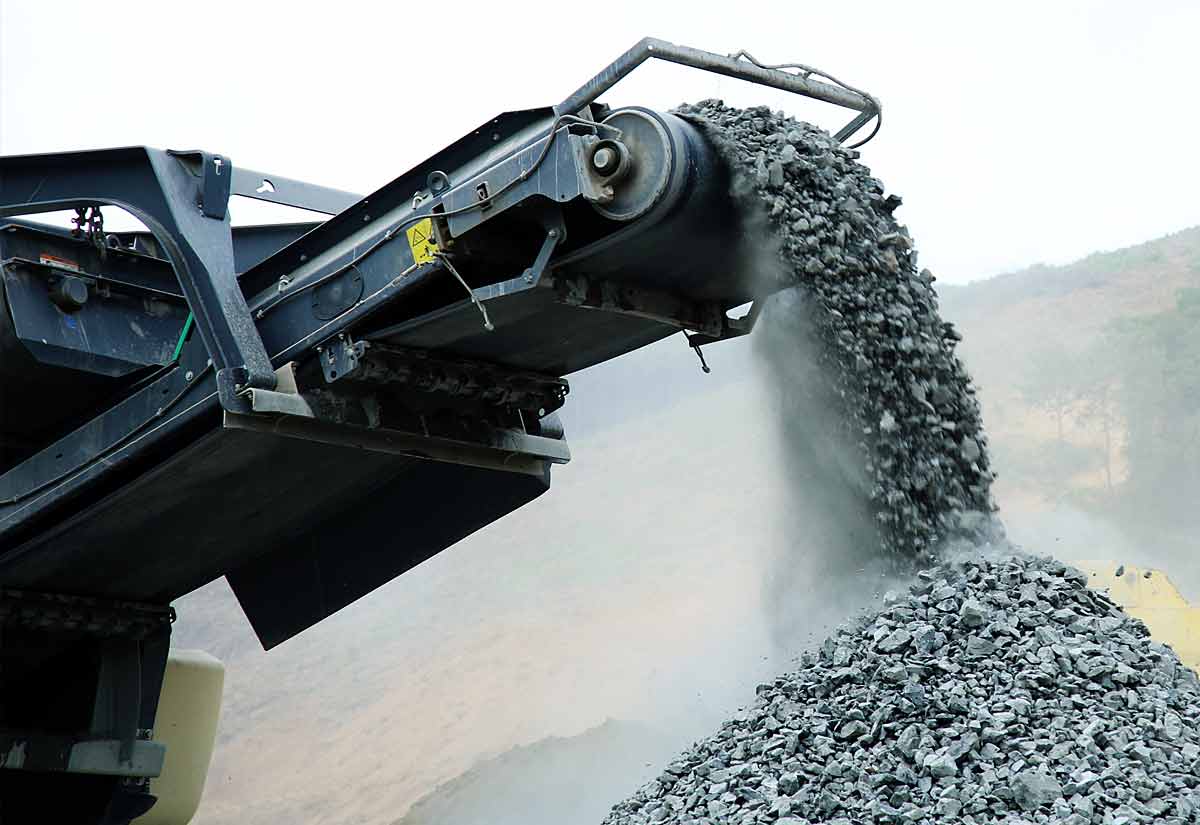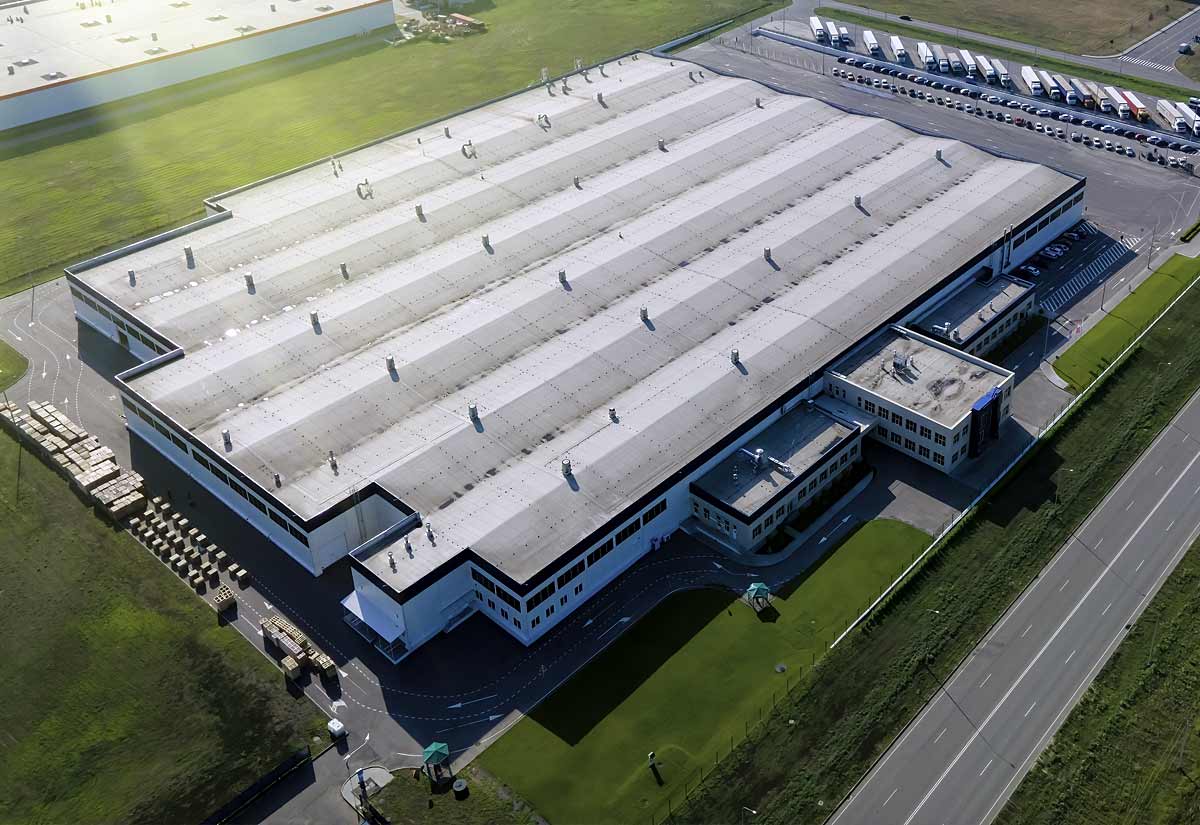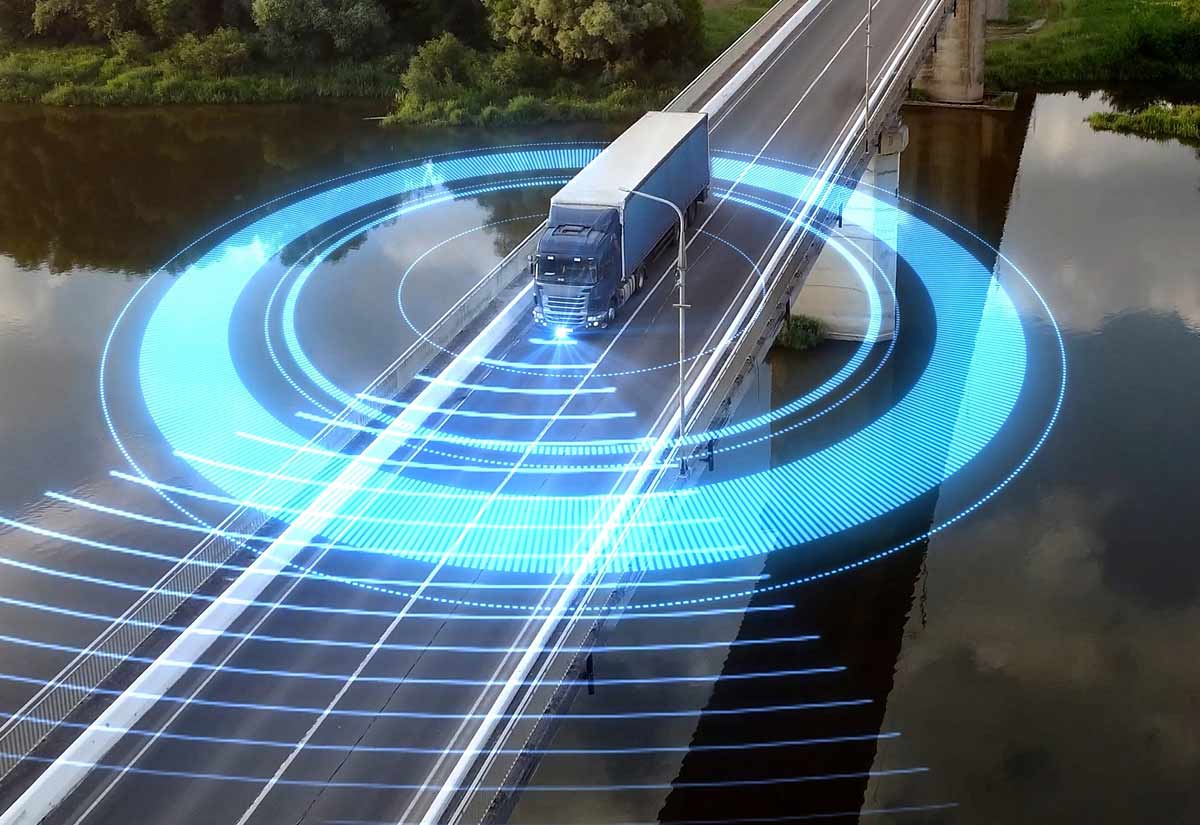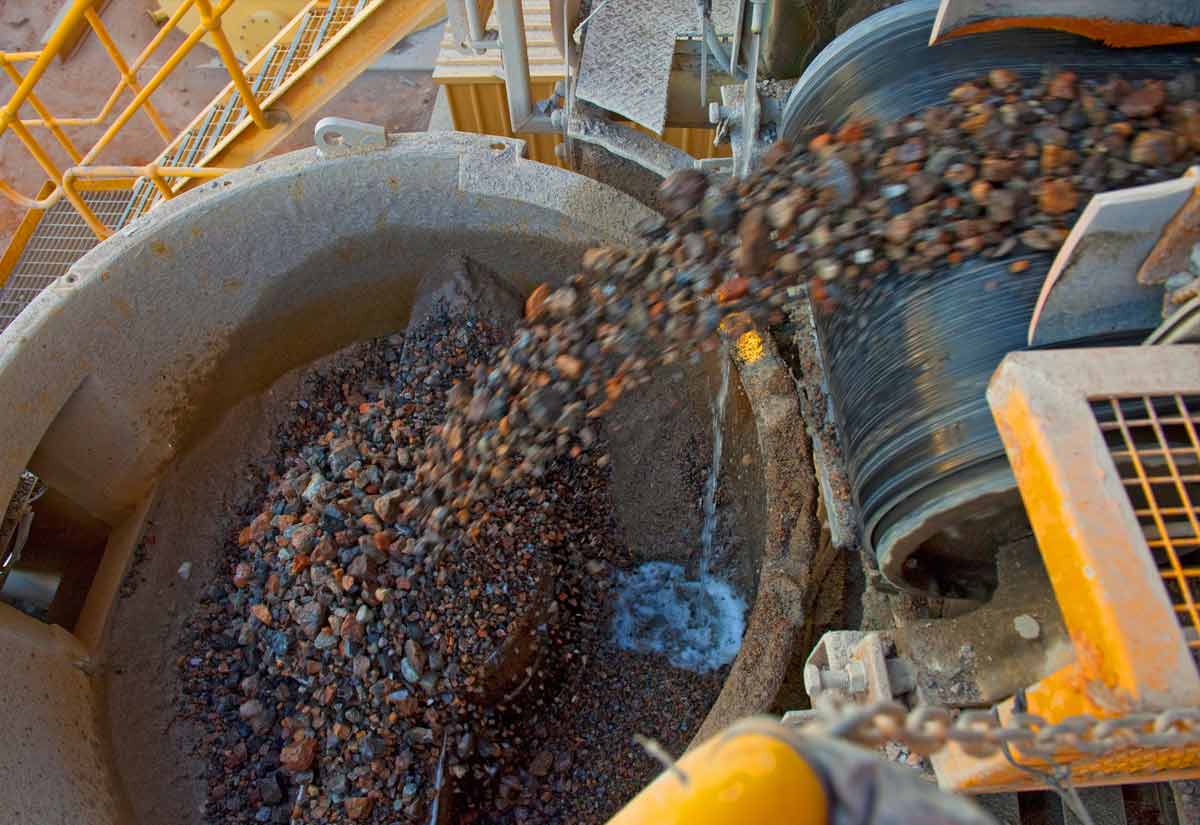German cement giant Heidelberg Materials, in partnership with the governments of Canada and the province of Alberta, has unveiled what they claim is the world’s first full-scale carbon capture, utilization and storage (CCUS) facility at a cement plant. Located in Edmonton, Alberta, the new C$1.4 billion project will help pave the way for decarbonizing the cement sector through CCUS technology.
No word yet on whether the Edmonton Oilers will be changing their NHL team name to the Edmonton Carbon Capturers.
The facility, led by Heidelberg Materials Northwest Region VP Jörg Nixdorf, will capture over 1 million tonnes of CO2 annually from flu gasses emitted by the integrated plant and heat/power operations. Japanese engineering firm Mitsubishi Heavy Industries (MHI) supplied its Advanced KM CDR ProcessTM carbon capture system using jointly-developed KS-21TM solvent.
MHI will monitor the CO2MPACT pilot facility remotely to help optimize performance using different fuels and operating modes. Once validated, the full-scale plant coming online by late 2026 will transport captured CO2 via pipeline for permanent underground sequestration.
Alberta Environment Minister Rebecca Schulz praised the leadership shown by industry trailblazers like Heidelberg Materials. The Canadian province has invested billions to support decarbonization technologies, with hoped-for benefits including job creation and growing the struggling Canadian economy.
Economic Stagnation in Canada
Growing the stagnant economy is a priority for Canada, with projections of stagnant incomes for the next 40 years and a recent record of failed economic policies, many are questioning the wisdom of large government subsidies that may or may not provide lucrative returns on Canadian investments. In the five years going back to 2019, Canada’s real GDP per capita growth was an anemic 0.5 per cent per annum.
Since 2019, Canada has been the fifth-weakest of 38 OECD countries (Organization for Economic Co-operation and Development) as per capita GDP growth has turned negative already this year.
Stagnant economic concerns aside, Heidelberg Materials sees the Edmonton project as critical for achieving its ambitious goal to become the cement industry’s decarbonization leader under the controversial 1.5°C framework. As the first cement producer validated by the SBTi,the uber-green Science Based Targets organization, they are blazing the pathway to carbon neutrality.
For MHI, the collaboration represents an opportunity to deploy innovative CCUS solutions advancing global carbon neutrality efforts. The pilot facility in Edmonton will validate applying their advanced technologies to Heidelberg Materials’ specific cement plant gas streams.
Success at Edmonton could ignite similar projects worldwide and provide valuable insights concerning large-scale commercial CCUS facilities planned by Heidelberg and others in the carbon-intensive cement manufacturing industry, an essential infrastructure sector constantly under fire from climate change gurus.
CCUS Solutions For Cement, Steel, and Natural Gas Operations
MHI now offers feasibility studies supporting diverse high-emitting facilities like cement production, steelmaking, and the world’s first CO2 capture project integrated with a liquefied natural gas plant. The Japanese firm aims to help decarbonize hard-to-abate heavy industry sectors with optimized CCUS solutions.
Starting in the early 1990s in partnership with Kansai Electric Power, MHI commercialized its Kansai Mitsubishi Carbon Dioxide Recovery Process (KM CDR ProcessTM) using their proprietary KS-1TM amine solvent.
This technology recovers over 90% of CO2 from flue gasses with 99.9% purity, earning the largest global market share where it’s been deployed in 13 commercial plants worldwide. Japanese manufacturers are the post-war originators of the now ubiquitous philosophy of continuous improvement, with engineering and management efficiency programs such as Kaizen and Six Sigma.
Now MHI has enhanced the CCUS process technology to develop cost-effective energy efficiency. Tests of their new “Advanced KM CDR ProcessTM” used the breakthrough “KS-21TM” solvent to achieve what the company calls “industry-leading regeneration performance.”
KS-21TM Super Absorption
At the Technology Centre Mongstad in Norway, KS-21TM validation tests proved the solvent’s superior liquid absorption properties, lower volatility and stability against degradation. These advantages lower operating costs for simplified plant operations delivering greater economic feasibility.
As global momentum builds for widespread CCUS deployment, MHI leverages decades of first-mover CCUS expertise. The company will play an outsized role supplying advanced commercial facilities supporting the global industrial transition to low-carbon operations to comply with ambitious emissions targets worldwide. MHI’s innovative solvents and process technologies established through continuous improvement pave the way for CCUS scalability.
While our neighbors to the north have made significant strides in carbon capture, US heavy industry is also keeping pace, especially in the traditional oil-producing state of Texas.
CCUS Implementation in the US 2023: Texas Leads the Charge
2023 has seen remarkable strides in carbon capture initiatives, especially in Texas. By mid-year, Texas witnessed substantial progress in direct air capture (DAC) and carbon capture research.
In April, Occidental began constructing the world’s most significant DAC (Direct Air Capture) facility, Stratos, in Ector County, designed to capture 500,000 tonnes of CO2 annually by 2025. Via its subsidiary, 1PointFive, the company leased 55,000 acres for a carbon capture and sequestration (CCS) hub, expected to contain approximately 1.2 billion metric tons of CO2.
Chevron is amplifying its Bayou Bend CCS project, while ExxonMobil collaborates with Honeywell for carbon capture tech and an agreement with Linde. Kinder Morgan has also launched its initial CCS project.
Collaboration is evident among Texas oil and gas producers for carbon capture undertakings and novel studies. Rice University’s working group, including major oil and gas operators, focuses on advancing CCUS technologies in Texas. Their findings highlight Texas’s significant geologic storage potential.
About Resource Erectors
Resource Erectors is a premier recruitment firm specializing in connecting top-tier professionals with leading companies in the heavy industry sector. With a deep understanding of the unique demands and challenges of the industry, our team has been a trusted partner for both candidates and employers for years. Whether you’re in mining, civil construction, tunneling, bulk materials, manufacturing, and other heavy industry sectors, Resource Erectors understands the human resource nuances and intricacies specific to each.
Our commitment to excellence is demonstrated through our diligent vetting process, ensuring that both companies and job-seekers find their perfect match. Beyond recruitment, we’re deeply invested in the heavy industry community, regularly contributing insights and updates through our blog. When you think of professional recruiting and career opportunities in the heavy industry, think Resource Erectors, and don’t hesitate to contact us today so we can all get to work.
